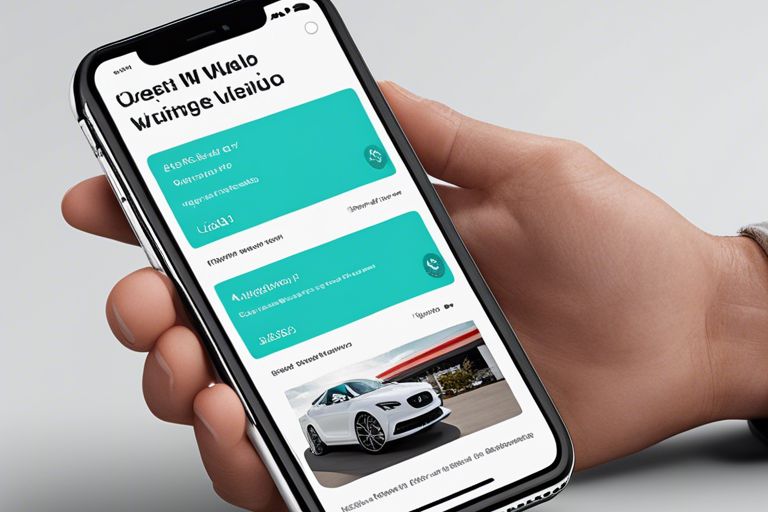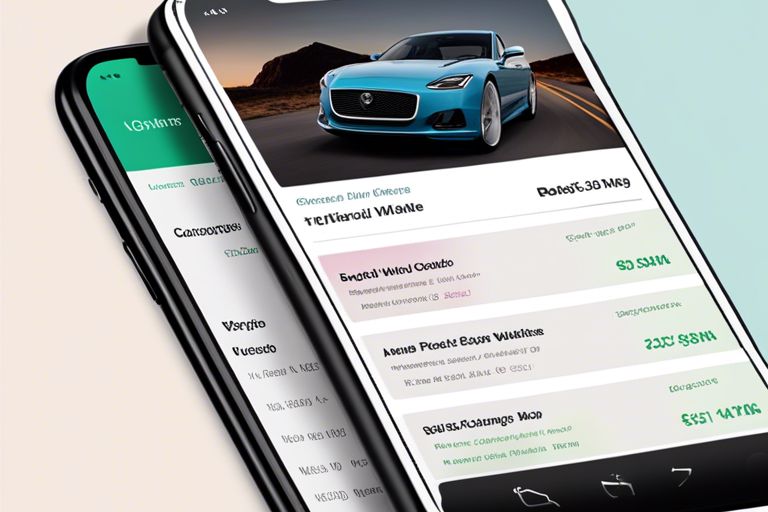It’s no secret that in today’s digital age, speed is key when it comes to the success of a website. This rings particularly true for auto dealer websites, where every second counts in capturing potential customers. With the shift towards mobile browsing, the importance of optimizing mobile page speed has never been more crucial. In this blog post, we will explore into the reasons why mobile page speed is vital for the success of auto dealer websites and how it can impact user experience, conversions, and ultimately, the bottom line.
The Importance of Mobile Page Speed
First Impressions and User Engagement
To capture the attention of potential car buyers in today’s fast-paced digital world, auto dealer websites must load quickly on mobile devices. Research shows that users form an opinion about a website within the first few seconds of landing on it. If a website takes too long to load, users are likely to abandon it and move on to a competitor’s site. This makes mobile page speed crucial for creating a positive first impression and keeping users engaged.
Impact on Search Engine Rankings
Search engines like Google prioritize websites that offer a seamless user experience, including fast loading times on mobile devices. In fact, page speed is a ranking factor that can significantly impact a website’s position in search results. Websites with slow mobile page speed are less likely to rank well, leading to lower visibility and fewer organic traffic opportunities. By improving mobile page speed, auto dealer websites can enhance their chances of appearing higher in search engine rankings and reaching more potential customers.
Mobile page speed is not just a performance metric; it directly affects user experience and can determine the success of an auto dealer website in terms of attracting and retaining customers. It is important for auto dealers to prioritize optimizing their websites for fast loading on mobile devices to stay competitive in the digital landscape.
Challenges in Optimizing Mobile Websites
Technical Constraints for Auto Dealers
One of the key challenges auto dealers face in optimizing their mobile websites is navigating technical constraints. From integrating complex inventory management systems to ensuring seamless user experiences across various devices and platforms, the technical landscape can be overwhelming for dealerships.
Constraints Balancing Rich Media with Performance
One crucial aspect that auto dealers must consider is striking the right balance between rich media content and website performance. While high-quality images and videos can enhance the visual appeal of a website and engage users, they can also significantly impact page load times and overall performance, especially on mobile devices with slower connections.
To address this challenge, auto dealers must optimize their media assets by compressing images and videos without compromising quality, implementing lazy loading techniques, and leveraging content delivery networks (CDNs) to ensure swift loading times without sacrificing the visual appeal of their websites.
Strategies to Improve Mobile Page Speed
Effective Use of CDNs and Caching
One effective strategy to improve mobile page speed is the use of Content Delivery Networks (CDNs) and caching. CDNs help distribute your website content across multiple servers worldwide, reducing the physical distance between the user and the server, thus decreasing loading times. Caching allows for storing frequently accessed data locally, eliminating the need to re-fetch it from the server with each new visit, further enhancing speed.
Compressing Images and Minifying Code
Caching plays a vital role in improving mobile page speed. By effectively utilizing CDNs and caching techniques, auto dealer websites can significantly reduce load times, providing users with a seamless browsing experience.
Compressing images and minifying code are crucial steps to optimize a website for mobile performance. Image compression reduces file sizes without compromising quality, while code minification removes unnecessary characters and spaces, streamlining the code and making it lighter to load, resulting in faster page speeds.

Measuring Mobile Page Speed
Tools for Page Speed Analysis
Many tools are available to measure the mobile page speed of auto dealer websites. These tools provide insights into loading times, performance scores, and specific areas for improvement. With the help of these tools, dealers can pinpoint issues that are hindering the speed of their mobile sites and take steps to optimize performance.
Interpreting the Results and Taking Action
With access to page speed analysis tools, auto dealers can interpret the results generated and take effective action to enhance the mobile user experience. Interpreting the data is crucial in understanding where improvements can be made, such as optimizing images, reducing server response times, and leveraging browser caching. By implementing these optimizations, dealers can boost their mobile page speed and ultimately drive more traffic and conversions.
Plus, monitoring the mobile page speed consistently and making continuous improvements is key to staying competitive in the fast-paced online automotive market.
Conclusion
Ultimately, mobile page speed is crucial for the success of auto dealer websites because it directly impacts user experience, search engine rankings, and ultimately, conversion rates. With more consumers using mobile devices to browse and shop for cars, a faster-loading website is imperative to keeping potential customers engaged and satisfied. Additionally, search engines like Google prioritize mobile-friendly and fast websites in their rankings, meaning that slower sites may be pushed down in search results. By prioritizing mobile page speed, auto dealer websites can improve their visibility, attract more visitors, and ultimately drive more sales.
Please rate this post

With over 20 years of experience in the car business, I’ve navigated the evolution of the industry from traditional sales to the dynamic digital age. My journey through various roles in both sales and management has endowed me with a unique perspective on the challenges and opportunities in automotive sales today.
As the founder of Shawn Ryder Digital, I combine my extensive background in technology with my deep understanding of the automotive industry. This synergy allows me to craft digital marketing strategies that are not just effective but tailored to the specific needs of each dealership. My commitment is to drive your sales, enhance your brand awareness, and ensure your dealership thrives in the digital landscape.
Here at Shawn Ryder Digital, we’re not just about providing services; we’re about building partnerships. As I often say, “In the fast-paced world of digital marketing, staying ahead isn’t just an option; it’s a necessity.”
Together, let’s embrace the challenges of the digital age and turn them into opportunities for growth and success. Join me in redefining the future of automotive digital marketing. Let’s accelerate your dealership’s journey to the top.
